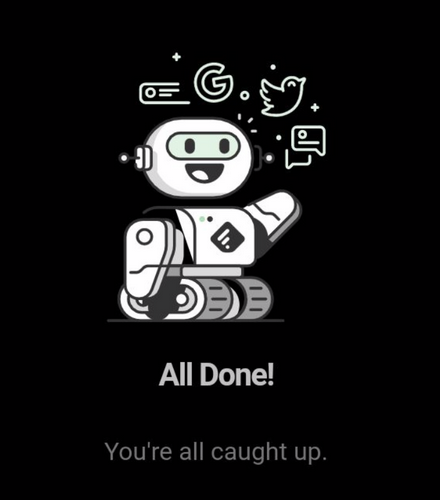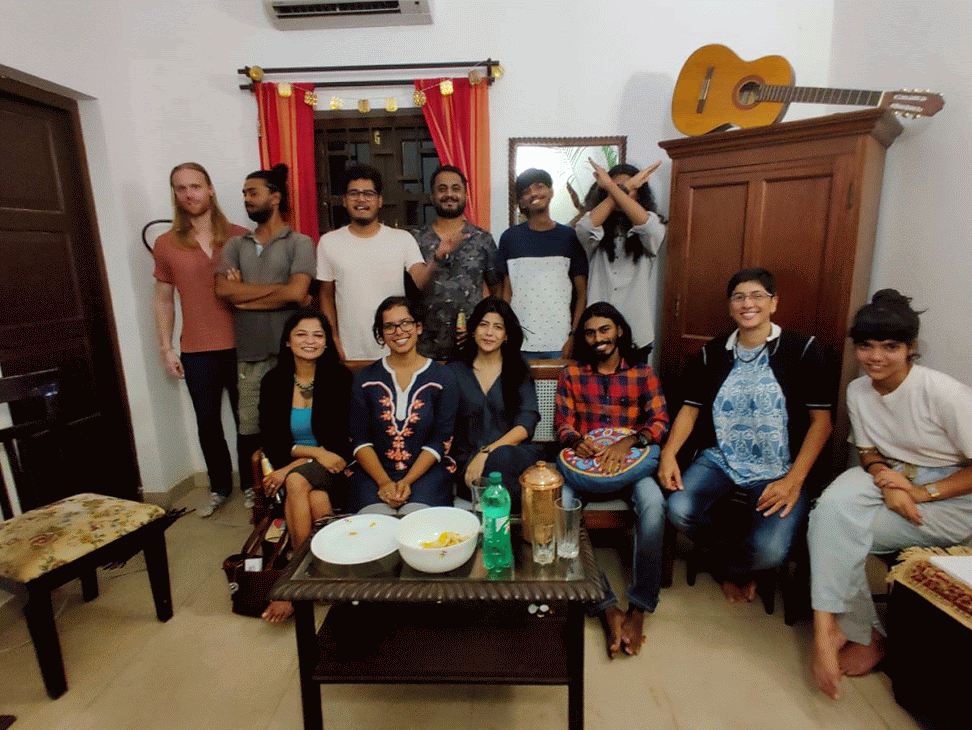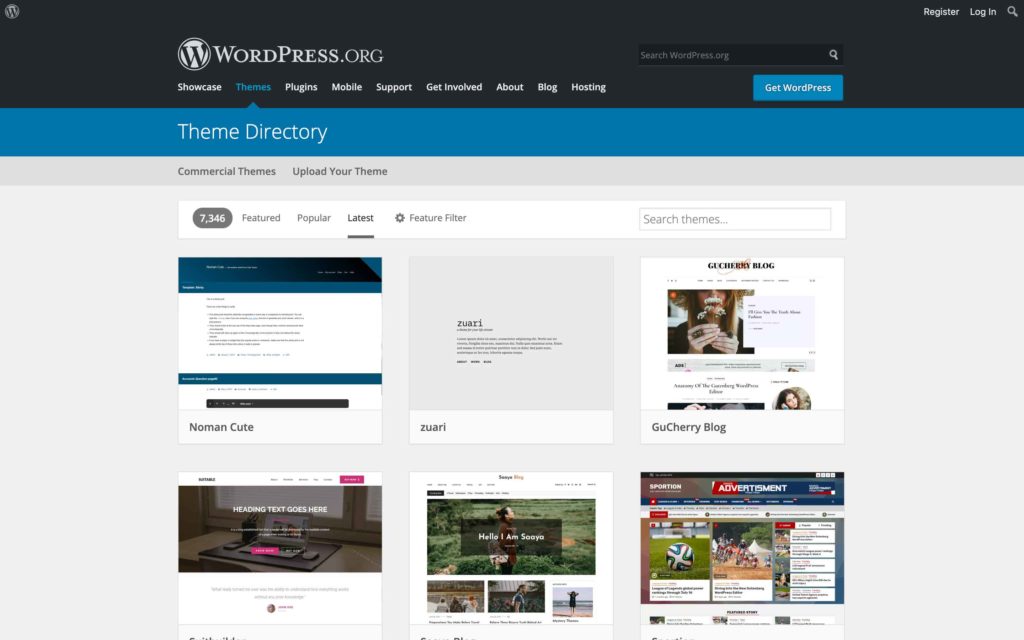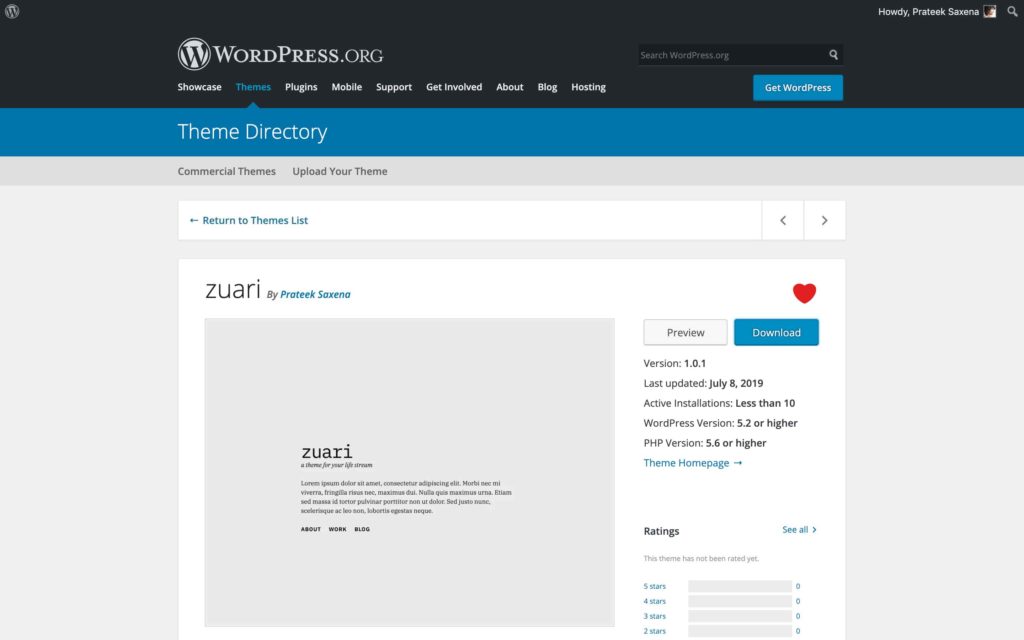Twitter, Instagram and Facebook always have something to show you. Whether it is posts you’ve already seen, posts from people you never asked for, or sponsored content and recommendations that you don’t care for. It doesn’t matter if the people you care about posted something new or not — the platform will always have something for you, and it’ll always be new.
A while back, I switched from Twitter to TweetDeck for the non-algorithmic, true chronological feed of tweets. While doing so made sure that I saw everything and not just what the platform was boosting, it also made me realize that there wasn’t always something new to see. Twitter had been making me believe that there was.
My next step was to read Twitter along with the rest of my feeds on Feedly. This was even better, not only was I reading them chronologically, but Feedly would let me know once I had ready everything and didn’t show me the same content again.
This wasn’t just a shift from an algorithmic feed to reverse-chronological one. It was a shift from the news stream pattern to the inbox pattern. The news stream never stops and it is always trying to keep us engaged. An inbox is different — sometimes we open our inbox and there is nothing to see.
Imagine if our email inbox showed us an old email when there were no new emails just to keep us engaged — we’d lose our minds, we’d never really know when we’re done with our email. The inbox pattern is meant for processing and clearing, it puts the focus on what we want to get done. The news stream pattern is meant for engagement and keeping us on the site for long, it puts the focus on what is good for the platform.
Engagement per se isn’t a bad thing but certain engagement tactics may make us do things that we don’t necessarily want. I’ve been much happier treating my feed like an inbox, happy in the fact that there is nothing more to see!



